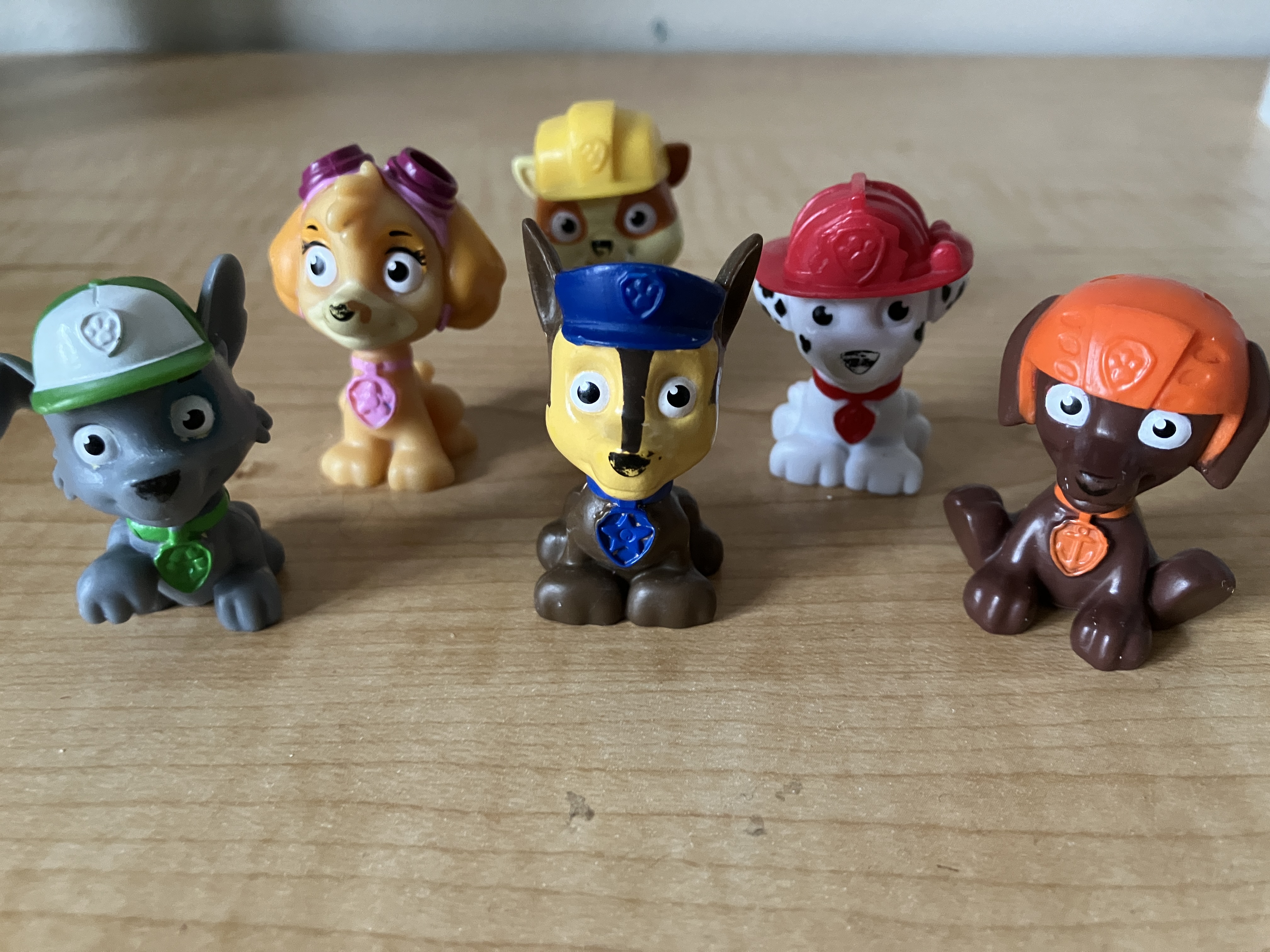Paw Patrol for the Win
Using Paw Patrol for play and role playing
My son and myself
I used Paw Patrol characters for two things. First was for language. Talking about my son, he was very much a gestalt language processor. And so, when he was a preschooler, he was very much of using like stage 1 or two, using, the word stage two or three. I forget the stages. That's where he would use just the scripts, only when he was playing. So, he would watch a Paw Patrol episode and then he would act out that episode with his Paw Patrol characters. So, to sort of building like language and expand, take him beyond just the script. I would let him act the play and I would watch him. But I would watch him and join in the plays with the scripts that he knew. And then I would add new ideas for him and I would add new language beyond the script to try to work, work on both more flexible plays and flexible language. So, I would do that with the Paw Patrol characters. And so, yeah, so that was how I used those to develop language beyond the scripting and beyond the echolalia, as well as, yeah, some more flexible play. So, you know, I would let him play it out as much as he wanted and then I'd add in a couple ideas and play until he lost interest. And when he lost interest, then I would say It’s OK, therapy session done. I always go back to play the script he was comfortable with. And that was how I used those characters for that. I also use Paw Patrol characters to act out appropriate emotional responses to regular play with his friends. So, he had a friend in daycare. In his preschool years, he was quite aggressive in his reactions to anything negative, so whether it was play or It's games that weren't going his way. If I said the word ‘no’, he would hit me or bite me or kick me. And then he had a friend also that if things didn't go his way, he would kick or hit his friends. I used the Paw Patrol characters to act out appropriate behaviors. With like, using a scenario like ohh, Chase and Rocky, for example, would have a fight and instead of hitting Chase, you know, I would demonstrate like through that play with the characters. What Rocky could do was like, ohh, I can take a break, I can take go read a book. I can go play over here. And I'd act those out, honestly, as many times as he would tolerate.
I really work so hard at it and so I used those Paw Patrol characters for that. And then what if I could, I would get him to then act out the play in return. I would do the play first and then I would get him if I could like get him to engage in the play to act out the character himself. And then trying to get him to create that new pathway, that neural pathway so that what he then was challenged at, you know, that's what play therapy is, right? Or whatever, I think. And so, try to give him those tools. And so that was what I also did with those characters
Letting my son lead the play and expanding it was a very useful tool in supporting and developing flexible language, flexible play, and coaching appropriate social interactions, and feeling expressions.